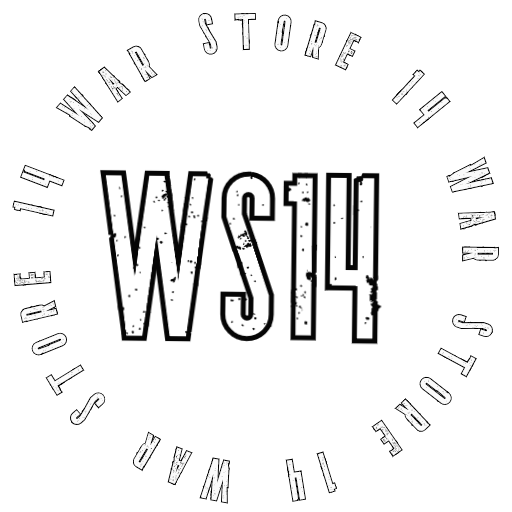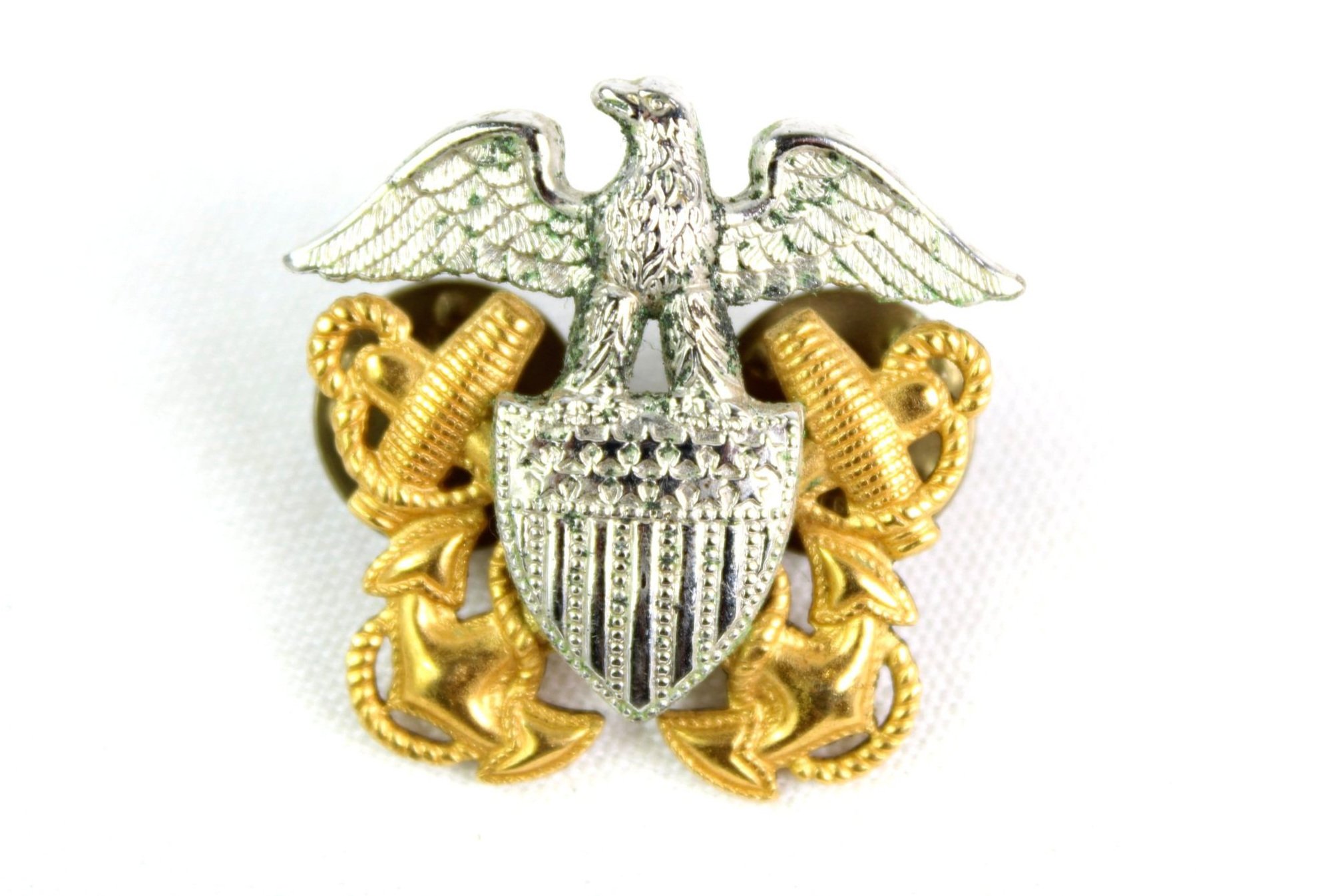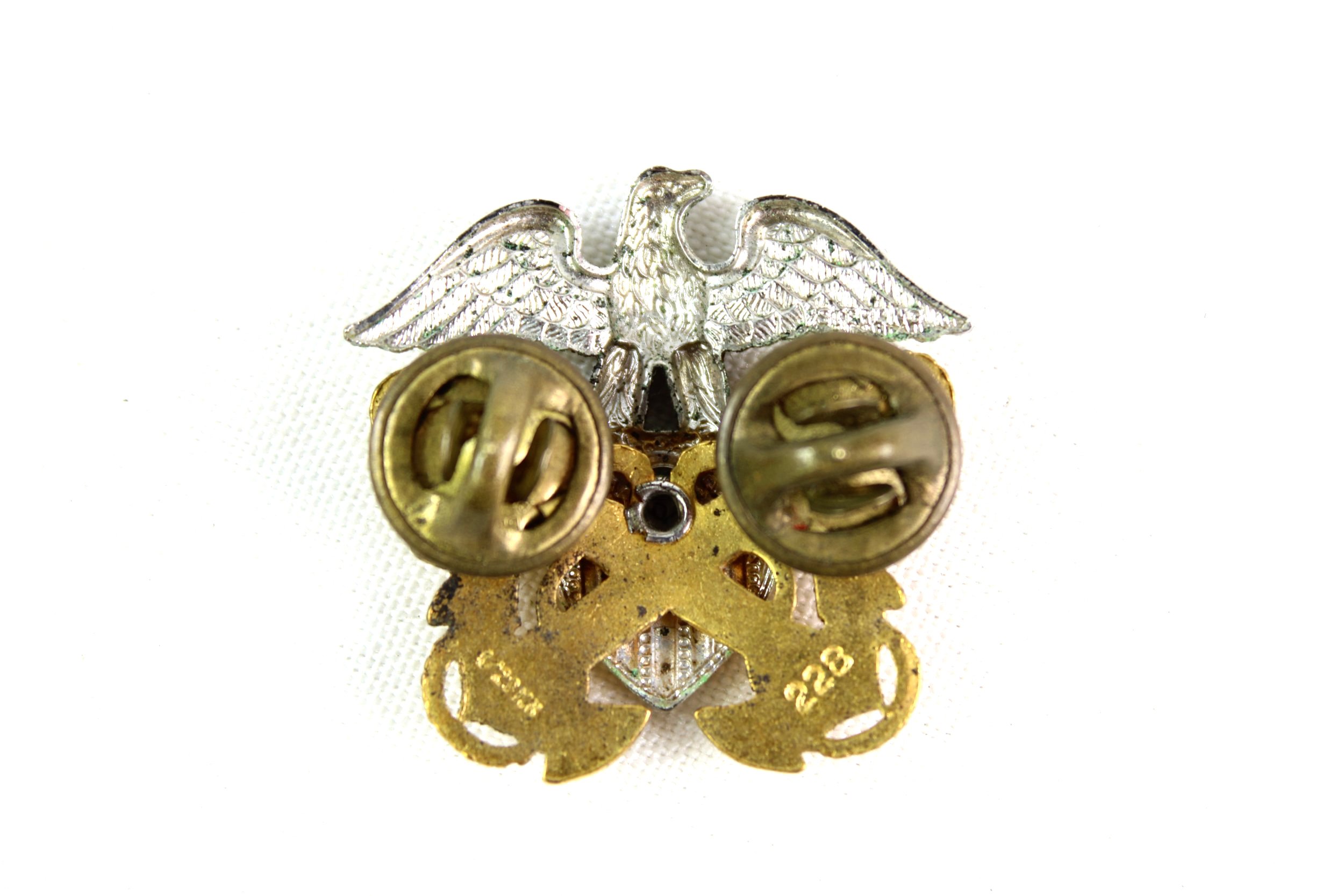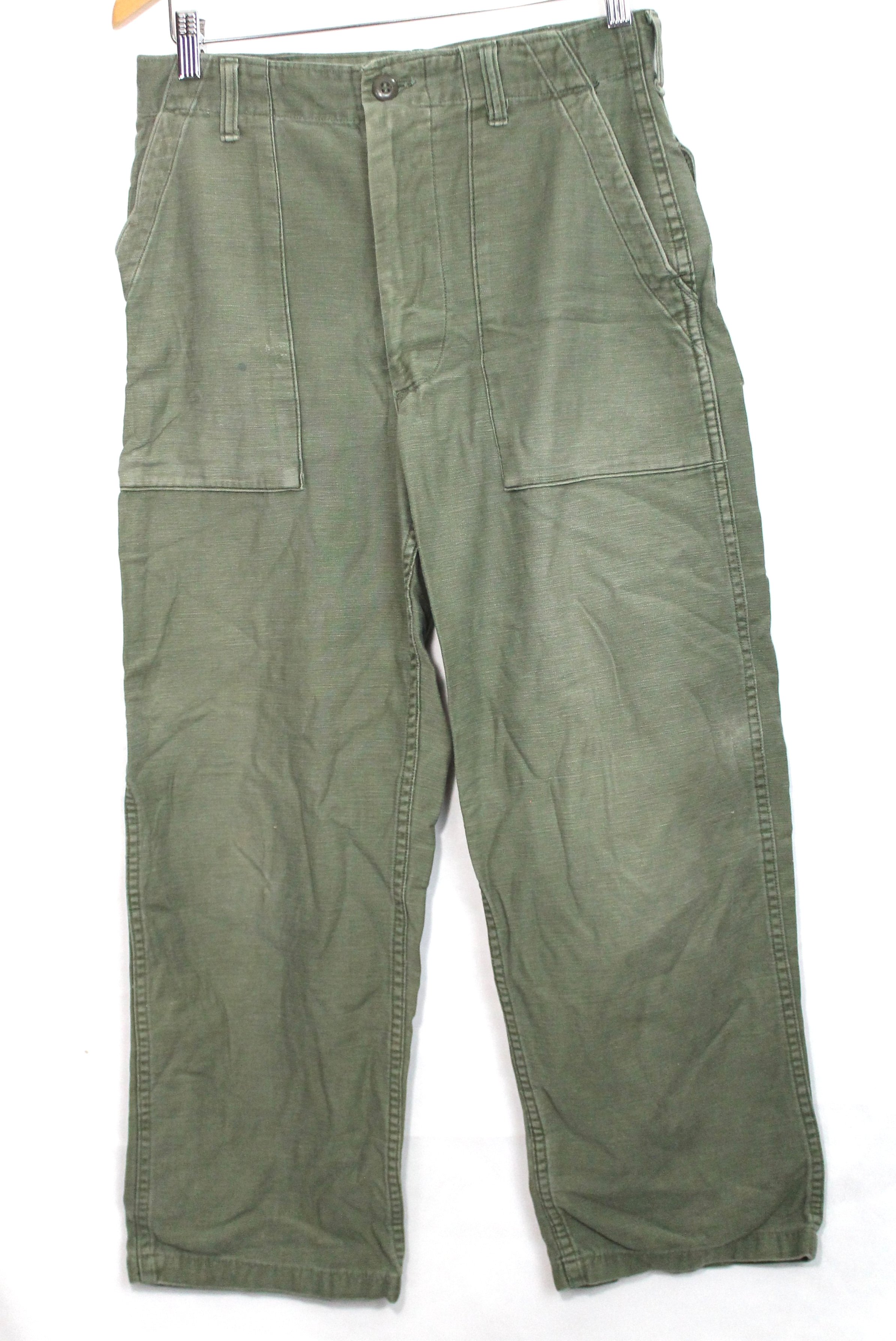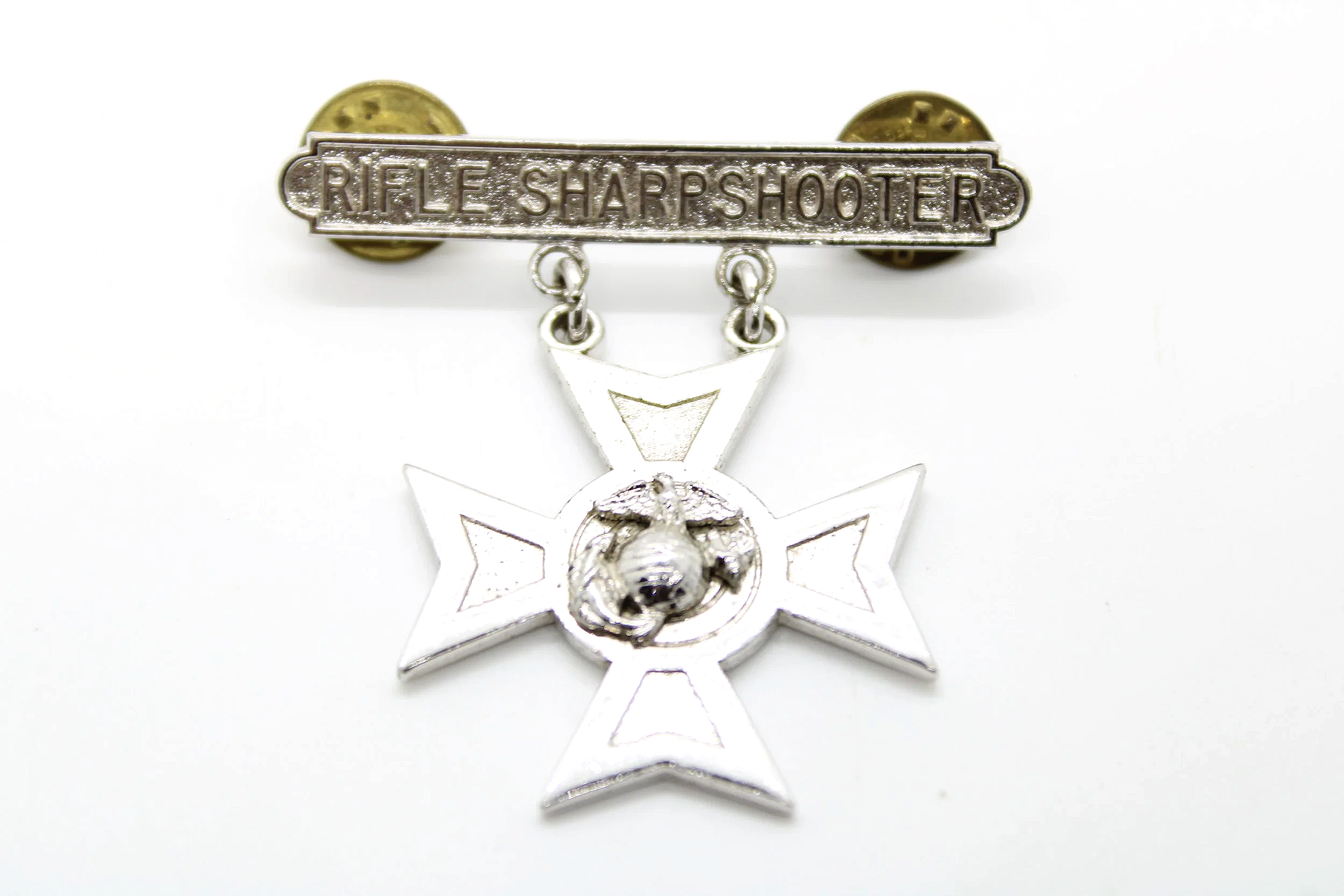 Image 1 of 3
Image 1 of 3

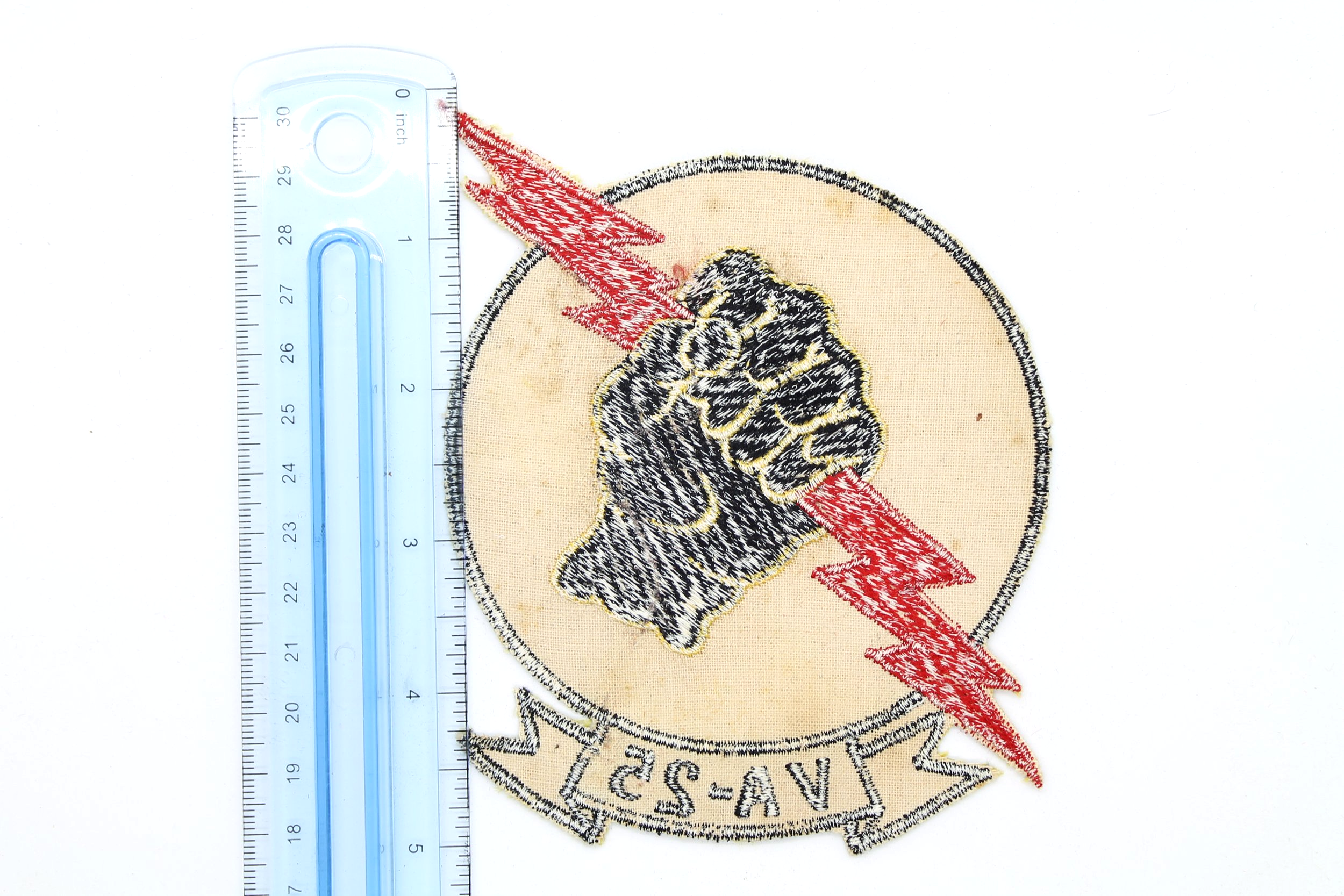 Image 2 of 3
Image 2 of 3

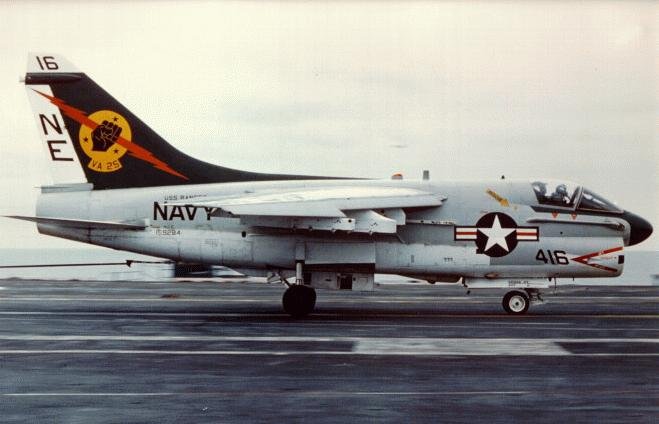 Image 3 of 3
Image 3 of 3




Vietnam War VA-25 Fist of the Fleet Squadron Patch
On 1 July 1959 the squadron was redesignated Attack Squadron Twenty-five (VA-25). In March 1961, the squadron, while embarked on USS Midway. operated in the South China Sea during the Laotian crisis.
In 1962, the squadron moved to its current home, the newly completed NAS Lemoore.
From April 1965 through 6 April 1968, the squadron made three deployments in support of the Vietnam War, still flying the A-1. During this period, squadron pilots flew over 3,000 combat missions, dropping more than 10 million pounds of ordnance on enemy targets. On 20 June 1965, four VA-25 "Spads" were engaged by two Vietnamese Mikoyan-Gurevich MiG-17s deep in North Vietnam — two of the squadron pilots were credited with a successful guns kill against one of the jet-powered fighters. In January 1968, squadron aircraft provided close air support for U.S. Marines besieged at Khe Sanh, South Vietnam.
In October 1968, the squadron, by then the last tactical propeller driven squadron in the Navy, transitioned from the A-1 to the A-7 Corsair II. After only four months of training, the squadron returned to the Vietnam War aboard USS Ticonderoga. It was during this cruise that the squadron set a record — in 33 flying days, pilots flew 1,650 sorties in combat, each averaging over 92 hours in the air. In October 1970, the squadron began a long relationship with USS Ranger, nicknamed "Top Gun." In the following two years, the squadron made two more combat cruises, expending over 15 million pounds of ordnance on targets in Laos and Vietnam. On 21 November 1970, squadron aircraft flew in support of Operation Ivory Coast, the attempt to free American prisoners of war from Son Tay, 20 miles (32 km) west of Hanoi. The squadron made four more deployments aboard Ranger in the 1970s.
In December 1972, the squadron participated in Operation Linebacker II, heavy air strikes against targets primarily around Hanoi and Haiphong.
On 15 January 1973, the squadron participated in a large laser-guided bombing attack against bridge targets in North Vietnam. This coordinated strike, led by VA-145, used the A-6 Intruder's Pave Knife Laser Designation System to attack 14 North Vietnamese bridges with Mark 83 and Mark 84 laser-guided bombs dropped by the A-6A and A-7E aircraft.
Following the ceasefire with North Vietnam on 27 January 1973, the squadron concentrated its attention on strikes against lines-of-communication targets in Laos until an agreement was reached with that country.
In July 1976 following the Israeli raid on Entebbe, Ranger, with VA-25 embarked, was ordered to transit from the South China Sea to the western Indian Ocean and operate off the coast of Kenya.
1980s
VA-25 was on station in the Indian Ocean during the Iran hostage crisis.
In May 1984, the squadron began training in the F/A-18A Hornet. The squadron was redesignated as Strike Fighter Squadron 25 (VFA-25) on 1 July 1984.
On 1 July 1959 the squadron was redesignated Attack Squadron Twenty-five (VA-25). In March 1961, the squadron, while embarked on USS Midway. operated in the South China Sea during the Laotian crisis.
In 1962, the squadron moved to its current home, the newly completed NAS Lemoore.
From April 1965 through 6 April 1968, the squadron made three deployments in support of the Vietnam War, still flying the A-1. During this period, squadron pilots flew over 3,000 combat missions, dropping more than 10 million pounds of ordnance on enemy targets. On 20 June 1965, four VA-25 "Spads" were engaged by two Vietnamese Mikoyan-Gurevich MiG-17s deep in North Vietnam — two of the squadron pilots were credited with a successful guns kill against one of the jet-powered fighters. In January 1968, squadron aircraft provided close air support for U.S. Marines besieged at Khe Sanh, South Vietnam.
In October 1968, the squadron, by then the last tactical propeller driven squadron in the Navy, transitioned from the A-1 to the A-7 Corsair II. After only four months of training, the squadron returned to the Vietnam War aboard USS Ticonderoga. It was during this cruise that the squadron set a record — in 33 flying days, pilots flew 1,650 sorties in combat, each averaging over 92 hours in the air. In October 1970, the squadron began a long relationship with USS Ranger, nicknamed "Top Gun." In the following two years, the squadron made two more combat cruises, expending over 15 million pounds of ordnance on targets in Laos and Vietnam. On 21 November 1970, squadron aircraft flew in support of Operation Ivory Coast, the attempt to free American prisoners of war from Son Tay, 20 miles (32 km) west of Hanoi. The squadron made four more deployments aboard Ranger in the 1970s.
In December 1972, the squadron participated in Operation Linebacker II, heavy air strikes against targets primarily around Hanoi and Haiphong.
On 15 January 1973, the squadron participated in a large laser-guided bombing attack against bridge targets in North Vietnam. This coordinated strike, led by VA-145, used the A-6 Intruder's Pave Knife Laser Designation System to attack 14 North Vietnamese bridges with Mark 83 and Mark 84 laser-guided bombs dropped by the A-6A and A-7E aircraft.
Following the ceasefire with North Vietnam on 27 January 1973, the squadron concentrated its attention on strikes against lines-of-communication targets in Laos until an agreement was reached with that country.
In July 1976 following the Israeli raid on Entebbe, Ranger, with VA-25 embarked, was ordered to transit from the South China Sea to the western Indian Ocean and operate off the coast of Kenya.
1980s
VA-25 was on station in the Indian Ocean during the Iran hostage crisis.
In May 1984, the squadron began training in the F/A-18A Hornet. The squadron was redesignated as Strike Fighter Squadron 25 (VFA-25) on 1 July 1984.
